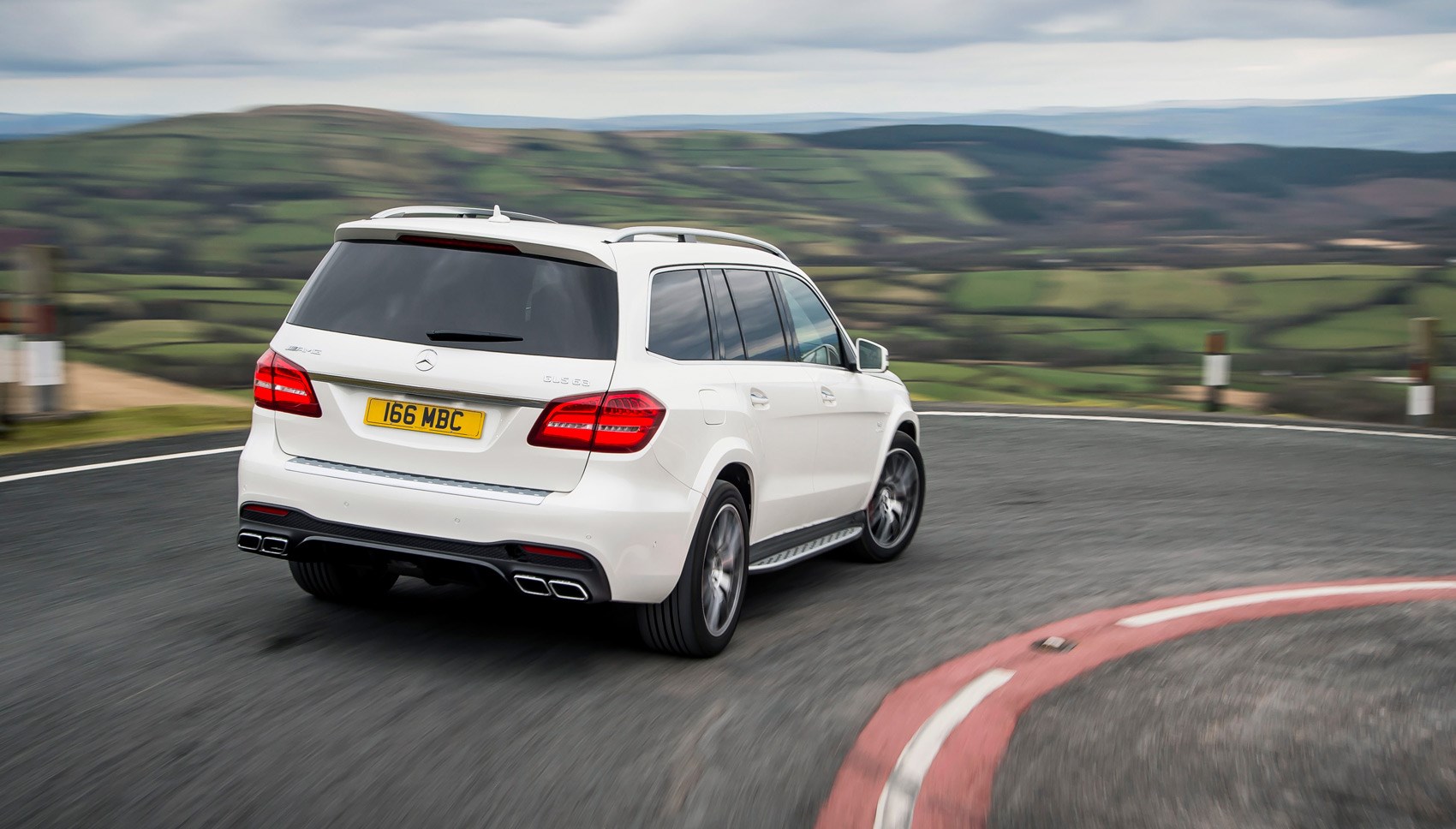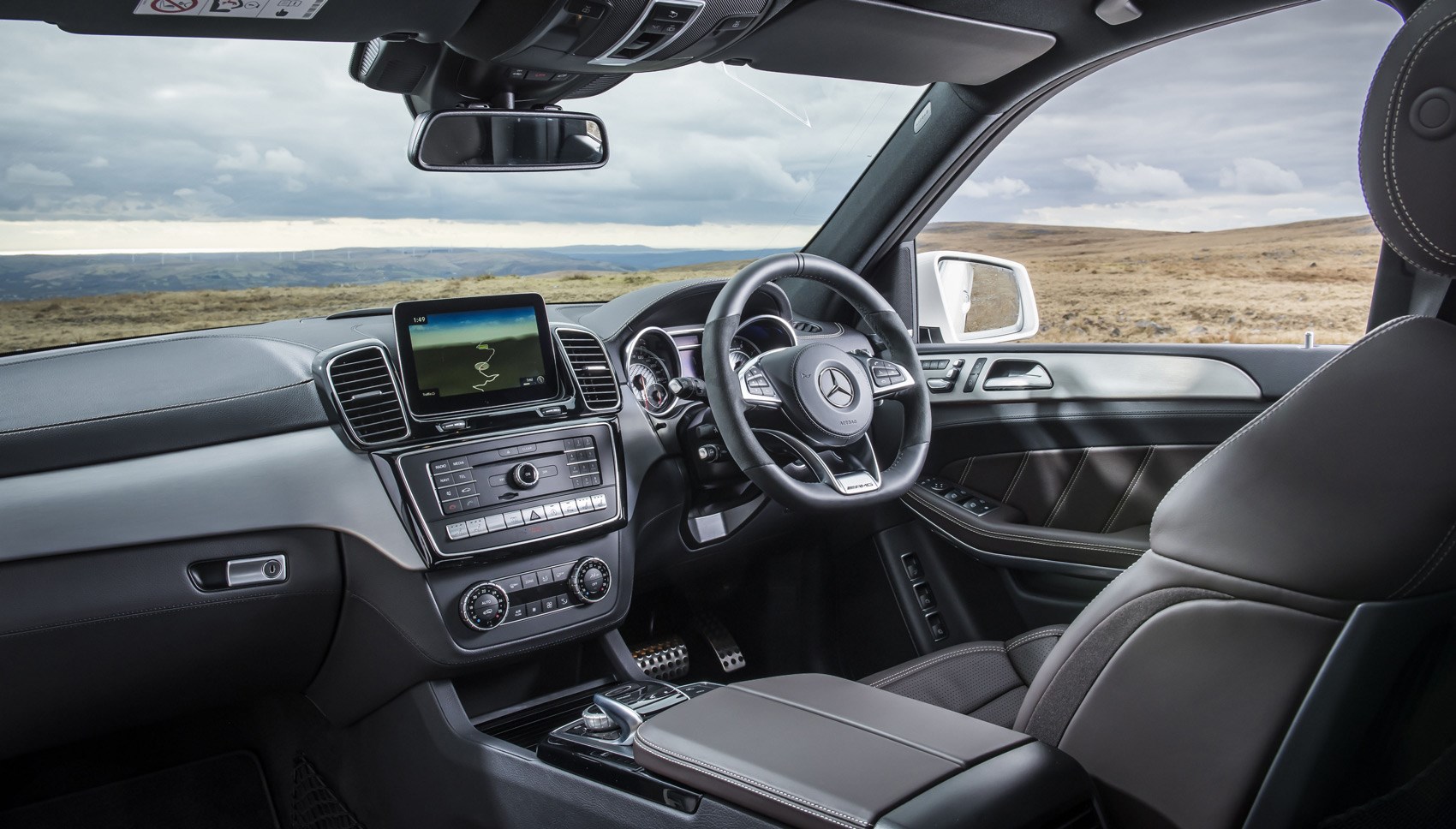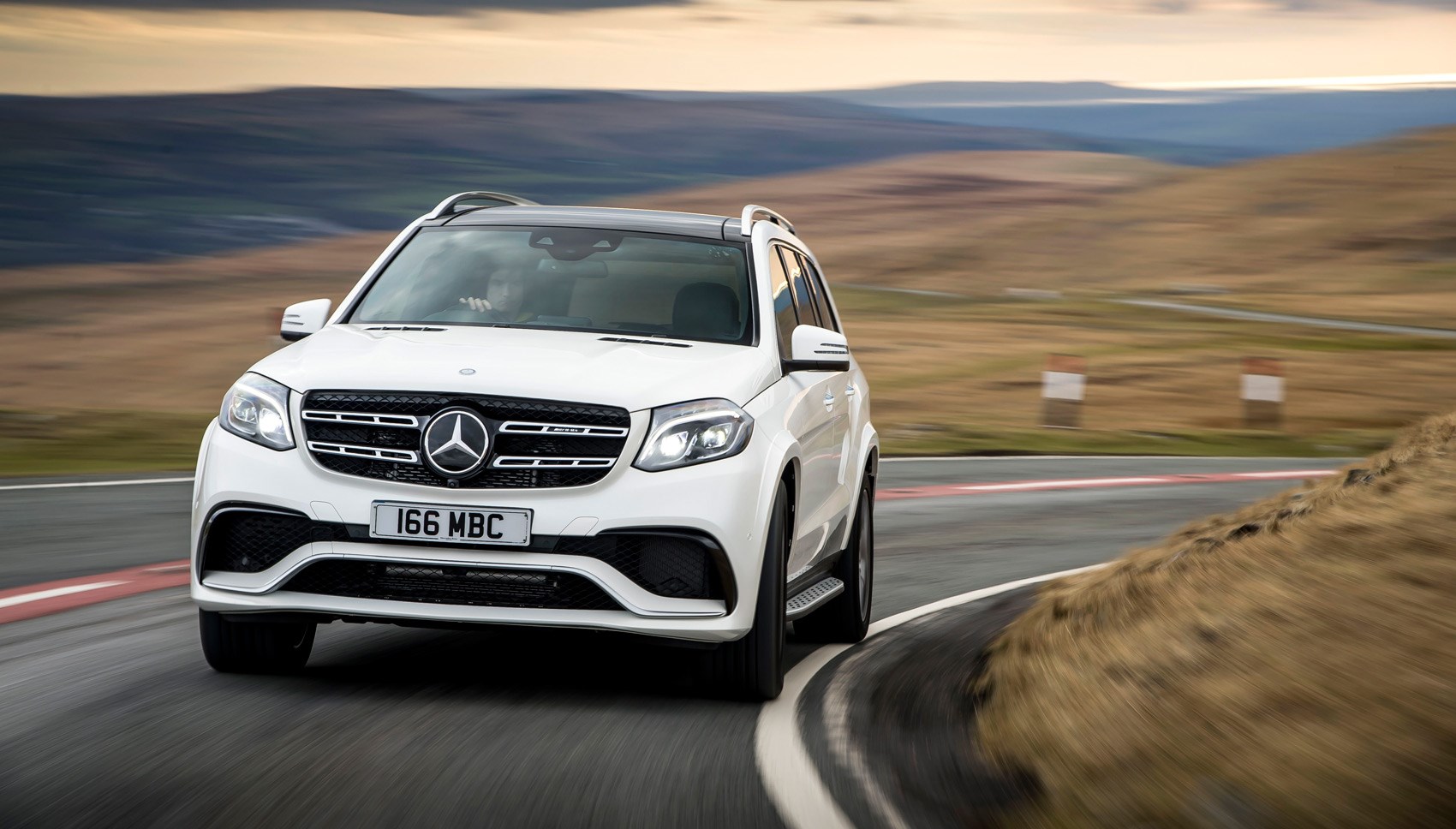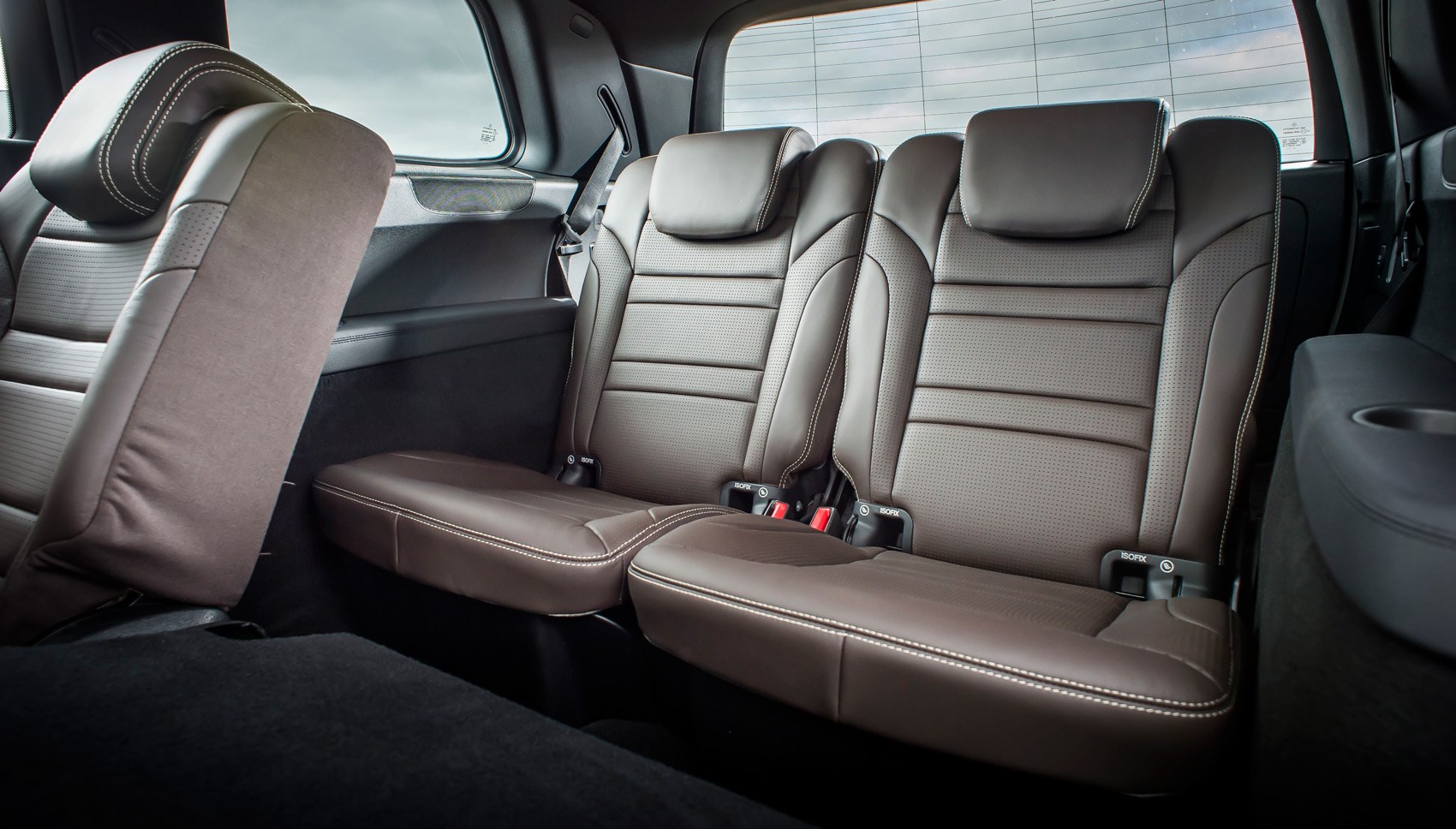► Biggest and plushest Merc SUV
► Seven-seat high-rise V8 weapon
► New BMW X7 will need to top this
Amid all the excitement about the arrival of the new G-Class, it’s easy to overlook the real range-topper in the Mercedes SUV line-up – if, that is, you’re measuring by size rather than price. If you think of the G as being Merc’s equivalent to the Land Rover Defender (currently AWOL) or Jeep Wrangler (recently regenerated), then the GLS is more like a Land Rover Discovery, Volvo XC90 or Audi Q7. Or, perhaps more relevantly, a Lincoln Navigator, Cadillac Escalade and a bunch of other SUVs we don’t get in the UK. That is to say it’s big, heavy, comfortable and luxurious, with a strong undercurrent of vulgarity.
Where the X7 will be a new-for-2019 tech fest, the GLS lags slightly behind other Mercs; the current A-Class, for instance, is considerably more modern inside.
The question is, when there are so many alternatives, and when you’re talking about cars this big and flamboyant, does the GLS actually make any kind of sense as a car to drive and live with in the UK today?
We’re not talking about any old GLS, are we?
Ah, no. This is the GLS63 4Matic, the AMG-badged version. That means it must pull off the considerable feat of being a luxury seven-seater that can go about its hefty business in a thrillingly rapid way.
The UK line-up of GLSs also includes the 350d diesel, starting at £73,090, but the car under the spotlight here costs 30-odd grand more than that, and makes the 350d’s other stats look rather under-baked.

The AMG is, by contrast, the full-fat, added-sugar, caffeine-coated version. What you get for your £100k is a twin-turbo 5.5-litre V8 that makes 577bhp at a howling 5500rpm and a plump 561lb ft from as low as 1750rpm. It drives all four wheels through a seven-speed automatic transmission, and rides on air suspension with active anti-roll bars. It comes with three rows of seats and pretty much all the cabin electronics you could imagine.
It weighs two and a half tonnes – before you start filling those seats with people – but has a handsome turn of speed: zero to 62mph in 4.6 seconds, a top speed of 168mph and a thirst to match.
Sounds like a handful…
Yes and no. It’s big and heavy, but it has the power to shift all that bulk, the chassis to keep it in shape and the brakes to stop it. Also, you get a good view out through the vast expanses of glass. Combine that with a comprehensive set of sensors and cameras, and it’s not difficult or stressful to manage the GLS in all but the heaviest traffic. You’ll need a big parking space, but not an HGV licence.
And that size is put to good use. All seven seats are suitable for adults – tall and portly ones in the case of rows one and two. And with all three rows in use, you still have boot space.

Our time with the GLS involved a lot of passenger-hauling. It’s no exaggeration to say that they all really enjoyed it. That includes some normally car-blind teenagers, who declared it better than a stretch limo, and some fervent environmentalists. They weren’t able to ignore its planet-crushing tendencies, but acknowledged that it did an excellent job of getting us where we needed to be in considerable comfort and at a fair old lick.
And the gimmicks; so many gimmicks. Screens for watching DVDs. Massage functions for all tastes. And buttons to set the seats sliding, folding and tumbling out of the way as you reconfigure the interior to suit your requirements for any given journey.
What’s it like to drive?
It’s quick, but it’s not sporty, despite the involvement of AMG. The great achievement of Merc’s tuning division is in enabling you to drive such a big car in an enthusiastic way without making your passengers ill. The relationship between engine, transmission, suspension and brakes is as well judged as the level of cabin plushness: it’s luxurious and comfortable and a bit techy, but not wildly extravagent. Put it this way: if you’ve driven any other Mercedes SUV, you’ll probably find the GLS both familiar and superior. It’s the same, but bigger and better.
Up to a point.

Some surfaces, at some speeds, in some settings, make the GLS feel awkward and uncooperative. It’s as if the laws of physics suddenly re-enter the equation, the spell is broken, the plates stop spinning and crash to the floor, and Wile E Coyote takes a big chunk out of the Road Runner’s backside.
But then you accelerate out of this dirty air, or click down a couple of suspension settings, and the magic is back. The infotainment is plentiful and wonderful, with little noise intruding from the outside world (but a rewarding growl from the engine bay when you floor the throttle). It makes you smile on every journey.

Mercedes-AMG GLS63: verdict
The GLS63 is very expensive. Not just to buy but also to run, with insurance, tax, tyres, servicing and fuel all certain to punish your wallet every time you fire up the V8, and the depreciation certain to do the same should you leave it standing idle.
If you were to use the GLS’s full seating, off-roading and performance capability regularly, maybe you could make a rational case for owning one as practical transport. But you’re fooling nobody. Its real appeal is far from rational – it’s about having loads of power, comfort and entertainment at your disposal, in a package that’s big, brash, bullish and highly effective.
If these are the rules of engagement, the X7 will have its work cut out.
Check out our Mercedes reviews